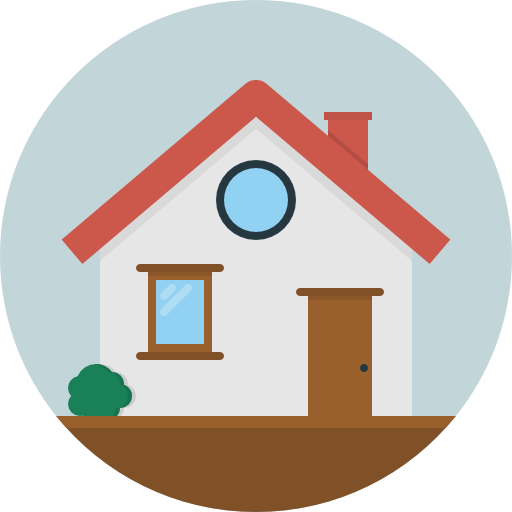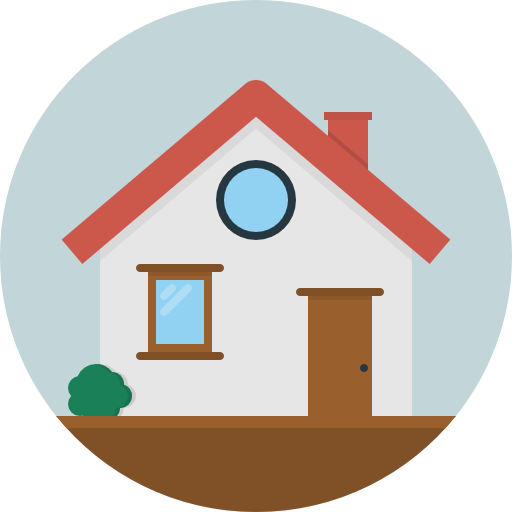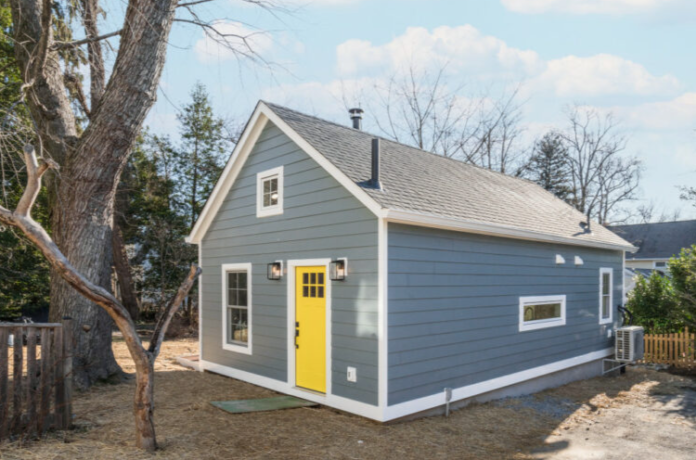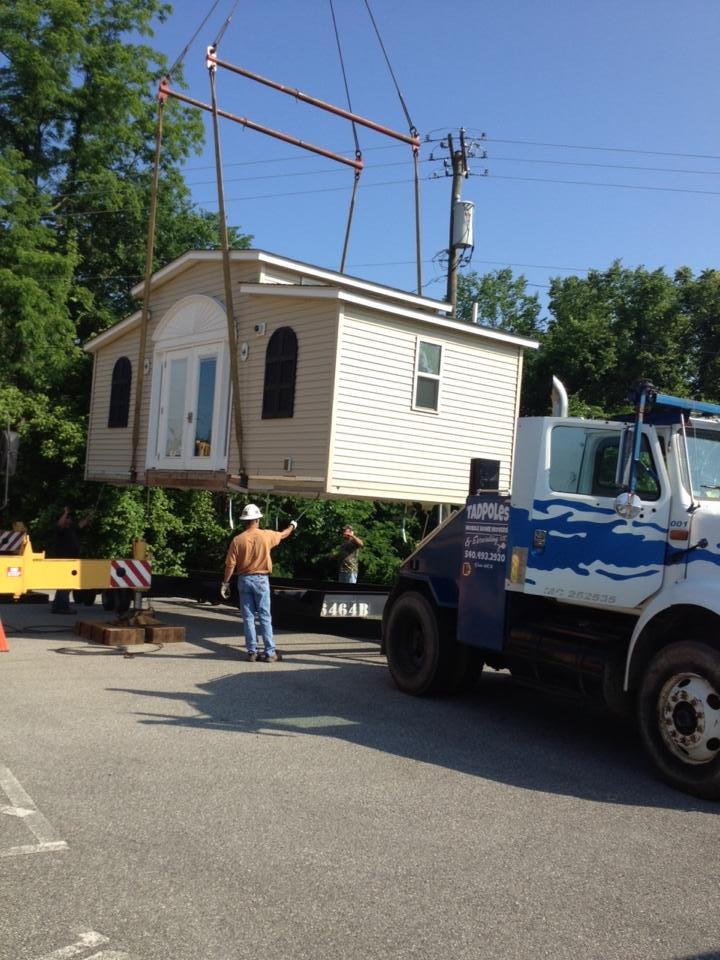The catastrophic wildfires that have ravaged Los Angeles in January 2025 have left thousands of families homeless, with over 12,000 buildings destroyed and millions in damages. As the flames continue to wreak havoc across the city, one question looms large: how can we provide safe, stable housing for those displaced by the fires?
While the road to recovery will be long, there’s a potential game-changer in housing solutions: granny pods. These small, self-contained living units, also known as accessory dwelling units (ADUs), are emerging as a lifeline for families who need somewhere to stay—whether temporarily or permanently.
The Perfect Temporary Shelter
When disaster strikes, the need for quick, functional housing is immediate. Traditional shelters can be overcrowded and lack the privacy that victims desperately need during such a traumatic time. Granny pods offer an ideal solution, providing victims with a place to stay while they wait for their homes to be rebuilt or repaired.
What makes granny pods so effective as a temporary housing solution is their speed and ease of deployment. They come equipped with all the necessary amenities—bathroom, kitchen, living space, and bedroom—making them a comfortable, self-sufficient refuge for displaced families. And because these units are often built on a mobile platform, they can be quickly transported and set up on available land, including the properties of friends, family, or even government-assigned locations.
With thousands of people still living under evacuation orders in Los Angeles, granny pods could provide a much-needed alternative to overcrowded shelters and offer families the dignity of privacy and the comforts of home while they navigate their recovery.
A Permanent Solution for Rebuilding Lives
While the initial devastation caused by the wildfires is overwhelming, many families are left facing an even more daunting challenge: the long road to rebuilding. For those who have lost their homes, the ability to re-establish a stable, permanent place to live is critical to their mental and emotional recovery. Traditional homebuilding is expensive, time-consuming, and often inaccessible to those struggling with financial hardship or lengthy insurance claims.
Granny pods offer a viable alternative to these traditional rebuilding methods, helping families who have lost everything to create a home more quickly and affordably. Here’s how granny pods can be a permanent solution for those in need:
Affordable and Accessible Housing
One of the most significant barriers to rebuilding after a disaster is the high cost of construction. Traditional homes take time to design, permit, and build, and construction costs can be prohibitively expensive, especially in a region already facing housing shortages and inflated real estate prices.
Granny pods, however, offer a cost-effective option. The units typically cost less to build and install than traditional homes, with many starting at around $40,000-$60,000—though the price can vary depending on customization and additional features. This affordability makes it possible for fire victims to own their own homes once again without the burden of extensive debt or waiting years for housing markets to recover.
Because granny pods are smaller and often require fewer resources, they can also be a good fit for families with limited land or in areas with zoning restrictions. In many cases, these units can be placed on land that already exists, allowing fire victims to rebuild their homes without needing to buy new property.
Quick to Install, Easy to Set Up
Unlike the lengthy construction timelines associated with traditional homes, granny pods can be installed in a matter of weeks. In a time of crisis, this speed is essential, providing families with a place to live while they wait for insurance claims to be processed or larger reconstruction efforts to get underway.
Granny pods can be delivered fully constructed, ready to be placed on a property with minimal disruption. Local contractors can handle the installation of utilities (water, electricity, gas) in a matter of days, making the process much quicker than rebuilding from the ground up. The fast setup is ideal for families who need stability immediately but can’t afford to wait years for a new house to be built.
Long-Term Durability and Low Maintenance
Granny pods are designed to be durable and energy-efficient, often built with sustainable materials that require less maintenance over time. Their smaller footprint makes them easier to maintain than a full-sized home, and many of these units are built with energy-saving features like solar panels, high-efficiency insulation, and low-water-use plumbing systems, which can help reduce long-term utility costs.
These pods are not just temporary fixes; they are long-lasting structures that can withstand the test of time. With proper care, a granny pod can serve as a permanent residence for years, if not decades. This makes them a viable solution for families who want to re-establish a sense of normalcy without the worry of constantly needing to move or rebuild.
Flexibility for Different Needs
Granny pods are customizable to fit various needs and lifestyles. While they typically include a basic living space—bedroom, kitchen, bathroom, and living area—they can also be adapted with features like disability access ramps, additional rooms, or eco-friendly amenities like composting toilets or rainwater collection systems. This makes them a good option for a wide range of residents, from young families to elderly individuals or people with disabilities who require special accommodations.
For families who lost more than just their home in the fire—perhaps they also lost income or had to relocate—granny pods could offer an affordable and flexible housing solution that aligns with their financial and personal circumstances. The ability to customize these units for different family sizes or needs makes them a powerful tool for long-term recovery.
Zoning and Policy Support for Granny Pods
In many areas, the permitting and zoning laws for granny pods are becoming more flexible, especially in the wake of natural disasters. Local governments, recognizing the need for rapid housing solutions, may be willing to relax zoning restrictions and streamline permitting processes for disaster survivors. This makes it easier for families to place granny pods on their properties or in designated disaster recovery zones.
Some communities have already started allowing these units as permanent homes, and with the increasing demand for affordable housing, it’s likely that more areas will embrace this as a long-term solution. State and local governments, alongside private developers, could collaborate to support policies that incentivize the use of granny pods for permanent housing, especially in high-demand regions like Southern California.
Rebuilding Communities with Granny Pods
Granny pods do more than just provide shelter—they can help rebuild entire communities. In areas where families have been displaced, granny pods can be placed close together, allowing fire survivors to remain within their neighborhoods and reconnect with their community. The ability to stay in the same area fosters a sense of stability and social support, crucial elements for mental and emotional healing after a traumatic event like a wildfire.
For communities devastated by fire, restoring homes and social networks is key. Granny pods can be part of a broader recovery plan that emphasizes community resilience and long-term sustainability, giving fire victims the space to thrive while they rebuild their lives.
The Social Impact of Granny Pods
Beyond providing shelter, granny pods could offer a deeper, long-lasting impact on the recovery process. In communities where families have been displaced, these units offer a chance to rebuild stronger neighborhoods. Instead of living in temporary shelters or scattered across the city, families could stay close to each other, maintain their community connections, and support one another during this challenging time.
Additionally, granny pods could provide housing for vulnerable populations, such as the elderly or those with disabilities, who may struggle in traditional shelters. The self-contained nature of these units offers a higher level of independence and safety, which can be invaluable for those in need of special care.
A Call for Action: Embrace Granny Pods as Part of the Solution
While the devastation caused by the Los Angeles wildfires is heartbreaking, the resilience and determination of the community are undeniable. The introduction of granny pods could be a key factor in helping families recover, rebuild, and thrive in the aftermath.
We encourage local policymakers, homeowners, and businesses to consider how granny pods can be part of the housing solution. Whether it’s providing immediate relief or offering a long-term, affordable housing option, these small homes have the potential to make a big impact.
Let’s embrace innovative solutions that can help rebuild not just homes, but lives. With granny pods, the future of recovery can be both immediate and sustainable.



